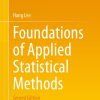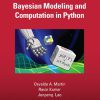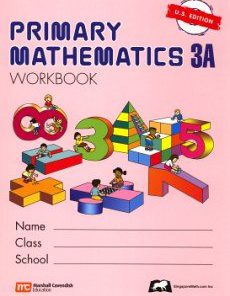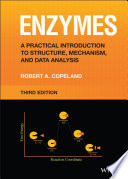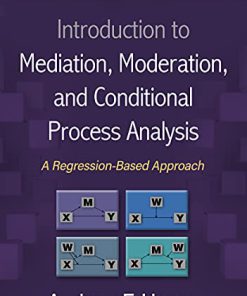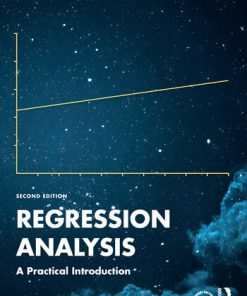Regression Analysis A Practical Introduction 2nd Edition by Jeremy Arkes ISBN 9781000825565 1000825566
$50.00 Original price was: $50.00.$25.00Current price is: $25.00.
Regression Analysis A Practical Introduction 2nd Edition by Jeremy Arkes – Ebook PDF Instant Download/Delivery: 9781000825565 ,1000825566
Full download Regression Analysis A Practical Introduction 2nd Edition after payment
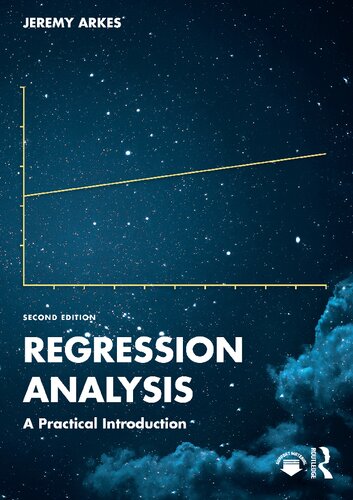
Product details:
ISBN 10: 1000825566
ISBN 13: 9781000825565
Author: Jeremy Arkes
Regression Analysis A Practical Introduction 2nd Edition Table of contents:
1 Introduction
1.1 The problem
1.2 The purpose of research
1.3 What causes problems in the research process?
1.4 About this book
1.5 Quantitative vs. qualitative research
1.6 Stata and R code
1.7 Chapter summary
2 Regression analysis basics
2.1 What is a regression?
2.2 The four main objectives for regression analysis
2.3 The Simple Regression Model
2.4 How are regression lines determined?
2.5 The explanatory power of the regression
2.6 What contributes to slopes of regression lines?
2.7 Using residuals to gauge relative performance
2.8 Correlation vs. causation
2.9 The Multiple Regression Model
2.10 Assumptions of regression models
2.11 Everyone has their own effect
2.12 Causal effects can change over time
2.13 Why regression results might be wrong: inaccuracy and imprecision
2.14 The use of regression flowcharts
2.15 The underlying Linear Algebra in regression equations
2.16 Definitions and key concepts
2.17 Chapter summary
3 Essential tools for regression analysis
3.1 Using dummy (binary) variables
3.2 Non-linear functional forms using Ordinary Least Squares
3.3 Weighted regression models
3.4 Calculating standardized coefficient estimates to allow comparisons
3.5 Chapter summary
4 What does “holding other factors constant” mean?
4.1 Why do we want to “hold other factors constant”?
4.2 Operative-vs-“held constant” and good-vs-bad variation in a key-explanatory variable
4.3 How “holding other factors constant” works when done cleanly
4.4 Why is it difficult to “hold a factor constant”?
4.5 When you do not want to hold a factor constant
4.6 Proper terminology for controlling for a variable
4.7 Chapter summary
5 Standard errors, hypothesis tests, p-values, and aliens
5.1 Standard errors
5.2 How the standard error determines the likelihood of various values of the true coefficient
5.3 Hypothesis testing in regression analysis
5.4 Problems with standard errors (multicollinearity, heteroskedasticity, and clustering) and how to fix them
5.5 The Bayesian critique of p-values (and statistical significance)
5.6 What model diagnostics should you do?
5.7 What the research on the hot hand in basketball tells us about the existence of other life in the universe
5.8 What does an insignificant estimate tell you?
5.9 Statistical significance is not the goal
5.10 Why I believe we should scrap hypothesis tests
5.11 Chapter summary
6 What could go wrong when estimating causal effects?
6.1 Setting up the problem for estimating a causal effect
6.2 Good variation vs. bad variation in the key-explanatory variable
6.3 An introduction to the PITFALLS
6.4 PITFALL #1: Reverse causality
6.5 PITFALL #2: Omitted-factors bias
6.6 PITFALL #3: Self-selection bias
6.7 PITFALL #4: Measurement error
6.8 PITFALL #5: Using mediating factors or outcomes as control variables
6.9 PITFALL #6: Improper reference groups
6.10 PITFALL #7: Over-weighting groups (when using fixed effects or dummy variables)
6.11 How to choose the best set of control variables (model selection)
6.12 What could affect the validity of the sample?
6.13 Applying the PITFALLS to studies on estimating divorce effects on children
6.14 Applying the PITFALLS to nutritional studies
6.15 Chapter summary
7 Strategies for other regression objectives
7.1 Strategies and PITFALLS for forecasting/predicting an outcome
7.2 Strategies and PITFALLS for determining predictors of an outcome
7.3 Strategies and PITFALLS for adjusting outcomes for various factors and anomaly detection
7.4 Summary of the strategies and PITFALLS for each regression objective
8 Methods to address biases
8.1 Fixed effects
8.2 Correcting for over-weighted groups (PITFALL #7) using fixed effects
8.3 Random effects
8.4 First-differences
8.5 Difference-in-differences
8.6 Two-stage least squares (instrumental-variables)
8.7 Regression discontinuities
8.8 Knowing when to punt
8.9 Summary
9 Other methods besides Ordinary Least Squares
9.1 Types of outcome variables
9.2 Dichotomous outcomes
9.3 Ordinal outcomes – ordered models
9.4 Categorical outcomes – Multinomial Logit Model
9.5 Censored outcomes – Tobit models
9.6 Count variables – Negative Binomial and Poisson models
9.7 Duration models
9.8 Summary
10 Time-series models
10.1 The components of a time-series variable
10.2 Autocorrelation
10.3 Autoregressive models
10.4 Distributed-lag models
10.5 Consequences of and tests for autocorrelation
10.6 Stationarity
10.7 Vector Autoregression
10.8 Forecasting with time series
10.9 Summary
11 Some really interesting research
11.1 Can discrimination be a self-fulfilling prophecy?
11.2 Does Medicaid participation improve health outcomes?
11.3 Estimating peer effects on academic outcomes
11.4 How much does a GED improve labor-market outcomes?
11.5 How female integration in the Norwegian military affects gender attitudes among males
12 How to conduct a research project
12.1 Choosing a topic
12.2 Conducting the empirical part of the study
12.3 Writing the report
13 The ethics of regression analysis
13.1 What do we hope to see and not to see in others’ research?
13.2 The incentives that could lead to unethical practices
13.3 P-hacking and other unethical practices
13.4 How to be ethical in your research
13.5 Examples of how studies could have been improved under the ethical guidelines I describe
13.6 Summary
14 Summarizing thoughts
14.1 Be aware of your cognitive biases
14.2 What betrays trust in published studies
14.3 How to do a referee report responsibly
14.4 Summary of the most important points and interpretations
14.5 Final words of wisdom (and one final Yogi quote)
Appendix of background statistical tools
A.1 Random variables and probability distributions
A.2 The normal distribution and other important distributions
A.3 Sampling distributions
A.4 Desired properties of estimators
Glossary
Index
People also search for Regression Analysis A Practical Introduction 2nd Edition:
introduction of regression analysis
regression practical examples
regression analysis process
regression analysis practice problems
regression analysis 101
Tags:
Jeremy Arkes,Regression Analysis,Practical Introduction
You may also like…
Uncategorized
Mathematics - Probability
Mathematics - Optimization. Operations Research
Uncategorized
Enzymes. A Practical Introduction to Structure, Mechanism, and Data Analysis Robert A. Copeland
Mathematics - Applied Mathematics
A Programmer s Introduction to Mathematics Second Edition Jeremy Kun
Relationships & Lifestyle - Alternative Medicine & Natural Healing
Science (General) - Science of Science
Approaching Multivariate Analysis A practical introduction 2nd Edition Pat Dugard

